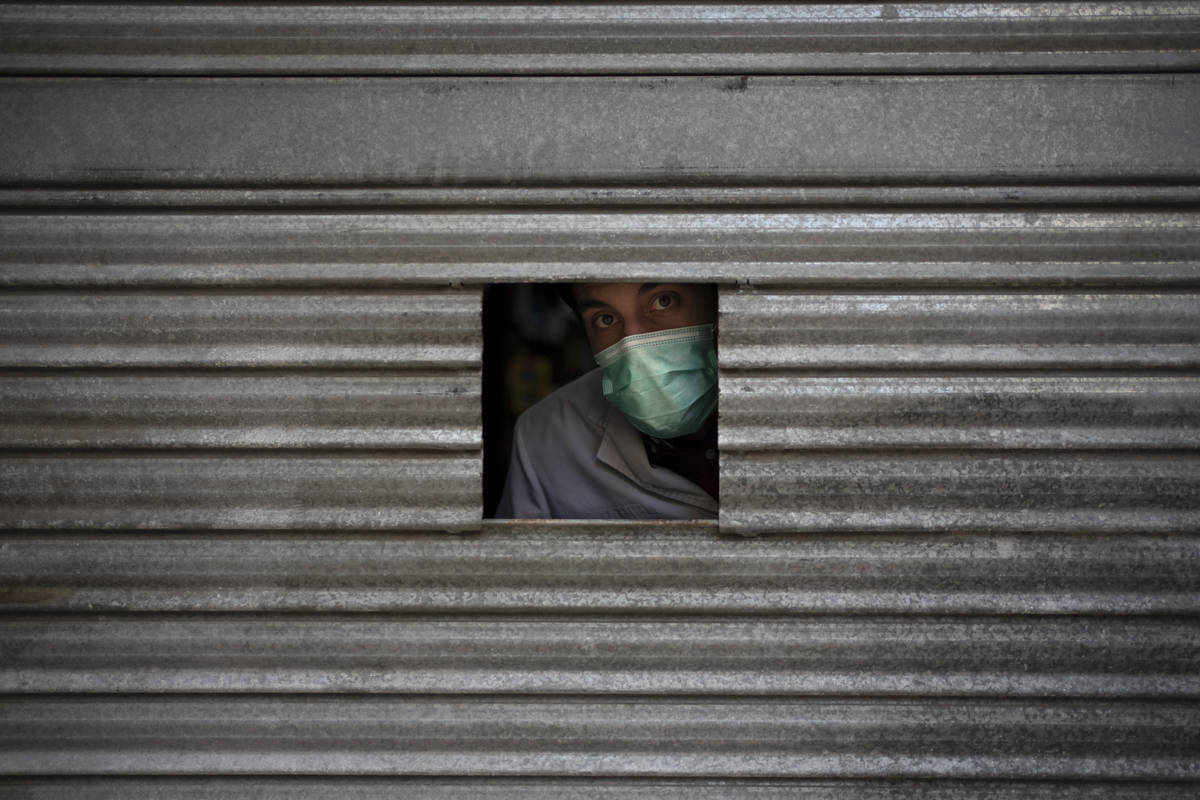MEGAN McARDLE: Winter is coming — resurgent pandemic could follow
Fans of “Game of Thrones” have a ready-made slogan for this stage of the pandemic: Winter is coming.
It’s hard to call anything about COVID-19 “lucky,” but looking back, the timing could certainly have been worse. Imagine that the coronavirus pandemic had blossomed on our shores not as winter was melting into spring, but as fall was turning into winter — when millions of Americans were flying home to gather inside with relatives for Thanksgiving; when the colder half of the country was preparing to sequester itself indoors for six months.
We don’t have to imagine it, actually; that’s where we are now.
People in northern latitudes are heading inside as temperatures drop. The ones infected with the coronavirus are bringing it inside with them. And because enclosed places with poor ventilation are where the virus spreads most easily, caseloads are already starting to rise, and hospitals are sounding alarm bells about hitting their capacity limits. Without intervention, we should expect the next three months to resurrect challenges we haven’t seen since the early days of the pandemic — and a few new ones, too.
In some ways, of course, we are much better prepared for this round. We know more about COVID-19 than we did in the spring, when people were going into grocery stores unmasked. We’re not just better able to control transmission by avoiding the highest-risk activities but also able to mitigate our loneliness and anxiety by doing more of the things we’re reasonably sure are safe.
Our hospitals also have a much better handle on the disease: They have more personal protective equipment, more effective treatment protocols and (we hope) more drugs coming down the pipeline from the first globally coordinated biomedical crusade in human history.
That’s the asset column, and it is considerable. But we’re also carrying some heavy liabilities.
COVID has been spreading slowly throughout the country all summer. Instead of a handful of major outbreaks concentrated in megalopolises close to heavily trafficked international airports, we are dealing with a distributed epidemic that will not spare rural areas or exurbs.
Last spring, competition between states and local authorities for PPE became desperate at times — but the fact that there was a great deal of regional variation in needs gave us some leeway to shift workers and supplies toward the places suffering most. That will be harder to do if need is diffused across most of the country north of the Sun Belt.
And all of this will become harder still, simply because people are exhausted. On Sunday, Mark Meadows, the White House chief of staff, told CNN’s Jake Tapper, “We are not going to control the pandemic.” And the White House is not the only place that has given up.
People who heard dire warnings in March, which then failed to materialize, may not be inclined to listen to similar warnings now, meaning both authorities and individuals will be slow to react. People who have tapped out savings may be forced into riskier circumstances, from working customer-facing jobs to moving in with relatives. Folks who have been social distancing for months will find it more difficult to keep it up. And people who have been putting off vital necessities, from health care to educating their kids, will find it harder to keep themselves safe at home.
Nor will the United States be the only place that finds itself simultaneously coping with a resurgent pandemic and a temptation to despair. European countries only barely emerging from the worst economic contraction since World War II are balking at another round of costly crackdowns as their new case numbers surpass ours.
No, we can’t completely control the virus. But that doesn’t mean there’s nothing we can do.
Even if you think we’re all going to get it, eventually, later is always better, because later means better treatment: A patient hospitalized with COVID-19 today has a much better chance of surviving than one who was hospitalized six months ago, and we should assume the same will be true looking backward six months hence. And, of course, with all the vaccine research underway, it’s not necessarily true that everyone’s going to get the virus.
So we could make a real difference if we all do the best we can with what we know now — keeping our masks on and keeping our distance, while socializing outdoors when we can and opening our windows if we must be inside with others.
Every. Single. Time.
Because if we give up and don’t even try, as so many seem minded to do, some very dark days lie ahead.
Megan McArdle is a Washington Post columnist. Follow her on Twitter, @asymmetricinfo.

















